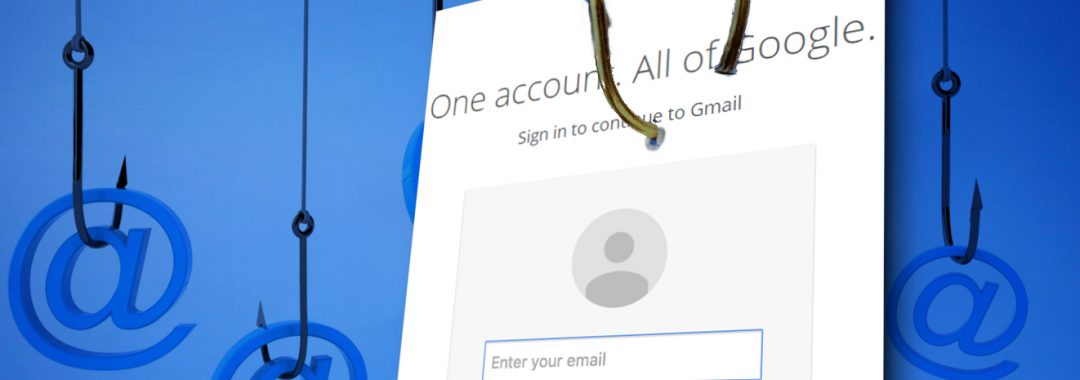Cybercriminals are now targeting Gmail users, Wordfence reports. We have seen various tricks and methods that cyber criminals use to lure unsuspecting victims into clicking on compromised links that immediately redirect the victim to phishing websites. However, a brand new technique caught our attention recently. Attackers are using compromised user accounts to infect people on the victim’s behalf. First of all, they find an actual letter with attachments that the victim has sent to someone in the past. Then they take a screenshot of the message and the attached files, add this picture to a new letter, embed a URL of a phishing Gmail login page and send it to another victim. The new victim receives a letter from a friend whose account was compromised, but of course, the new victim doesn’t suspect that. When the new victim attempts to click on the message or attached files to preview them, an immediate redirection occurs, which throws the victim onto a phishing website that asks the victim to log into Gmail account again. If the victim doesn’t notice that the URL of this fake Gmail login page looks suspicious and enters login details, hackers instantly log into the account and hack it by changing the password and all other information that can be used in account recovery process. Then hackers use the compromised account to spread phishing emails further, infect more users, and so on.
Let us remind you that getting your email account hacked is one of the most disastrous things that can happen to you. Typically, email addresses are connected to dozens of accounts on various Internet websites, which means these email addresses are used to send account recovery instructions, reset passwords, and so on. In other words, when hackers get access to your email account, they can get access to almost every website that you have registered on using the compromised email. Therefore, they might connect to shopping sites, social media sites, and other websites, scrap your personal information from them, use bank cards you linked to these sites, and so on. To protect yourself from this phishing attacks, double-check the URL of a website before browsing it, even if it looks like the real Gmail, Paypal, Facebook, or another well-known site. Speaking about this phishing attack, we have to say that scammers redirect users to a website that has data:text/html,https://accounts.google.com[…] URL. Therefore, in order to prevent phishing attacks, you should carefully inspect URLs of sites you visit, especially if you get redirected to them. Secondly, enable two-factor authentication for Gmail. This way, hackers won’t be able to steal your account even if you provide the login details. Finally, you should install software that can identify phishing sites and block access to them. The Esolutions team has prepared informative articles about the best anti-malware software of 2017 and the best antivirus programs of 2017 to help users choose the best protection tools for their computers.

